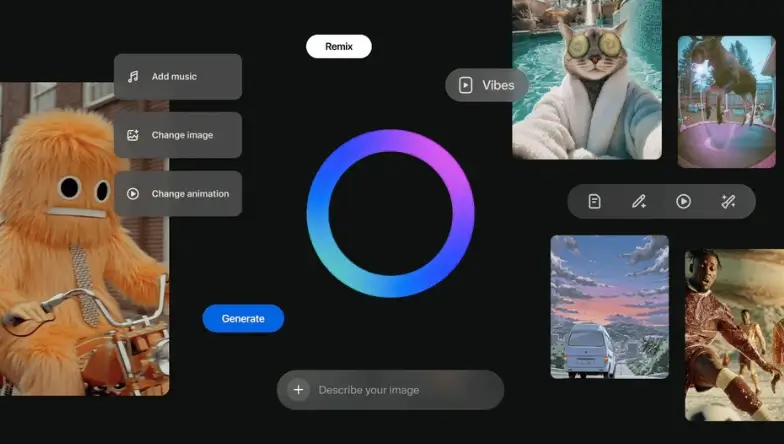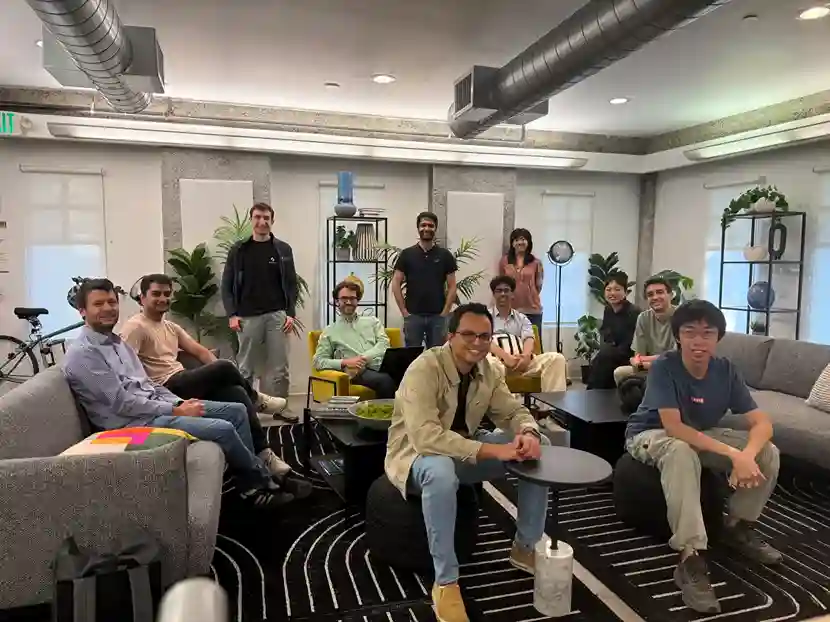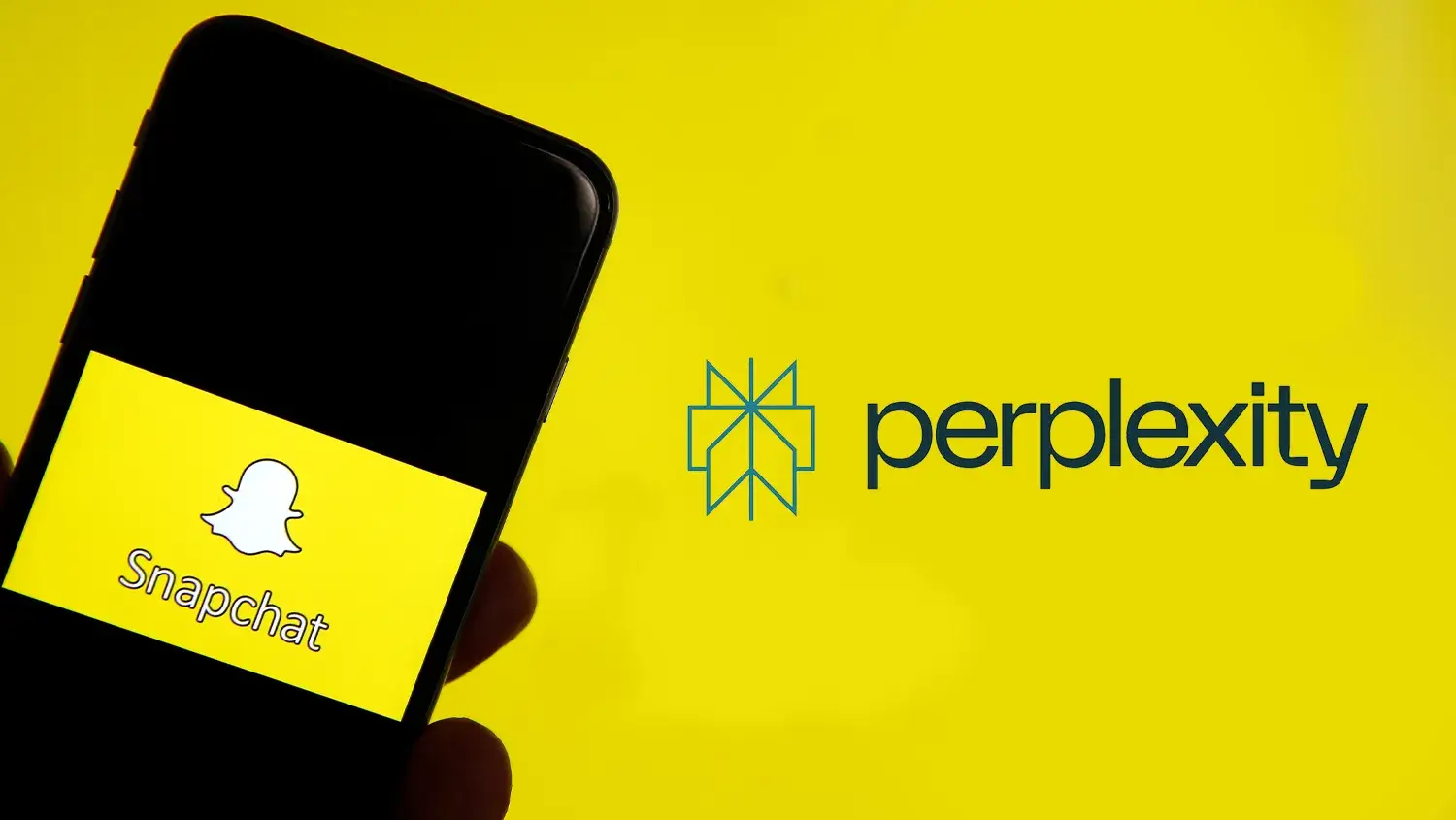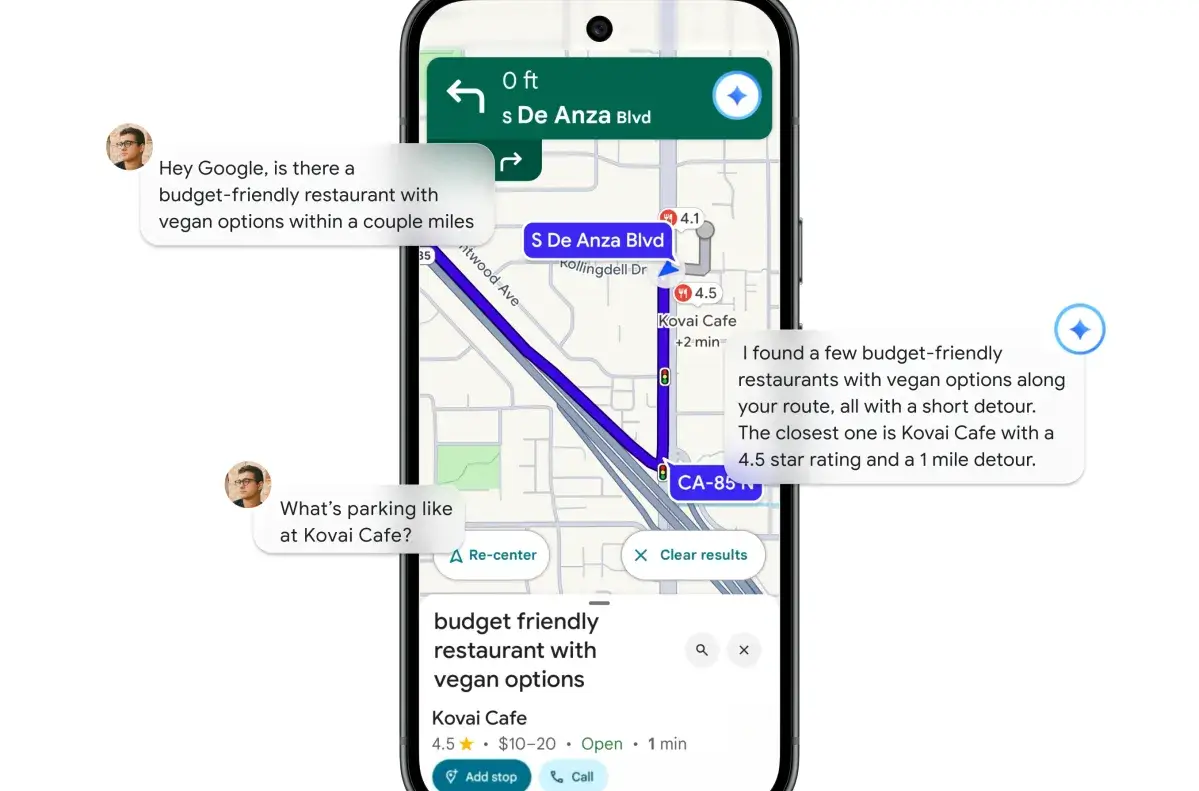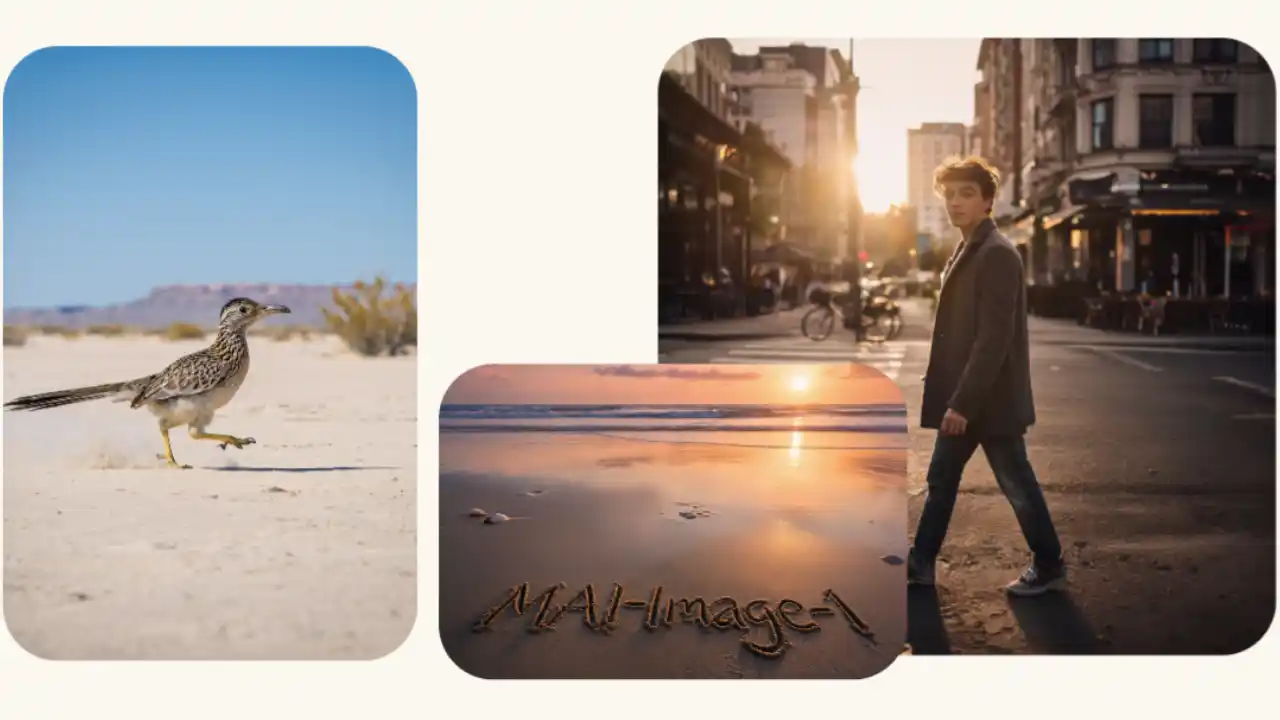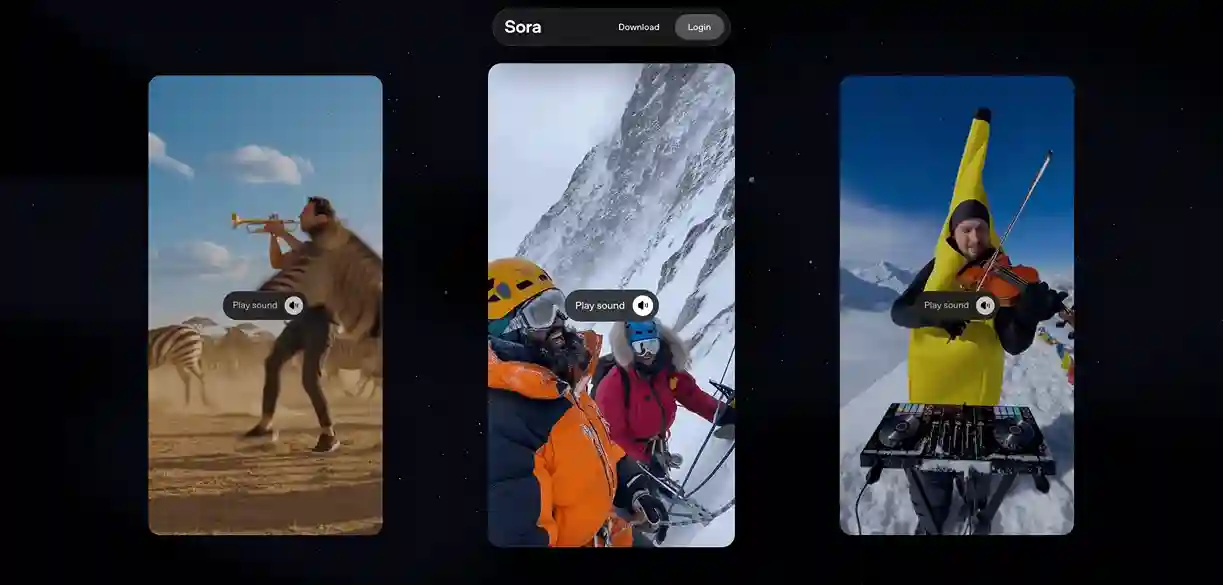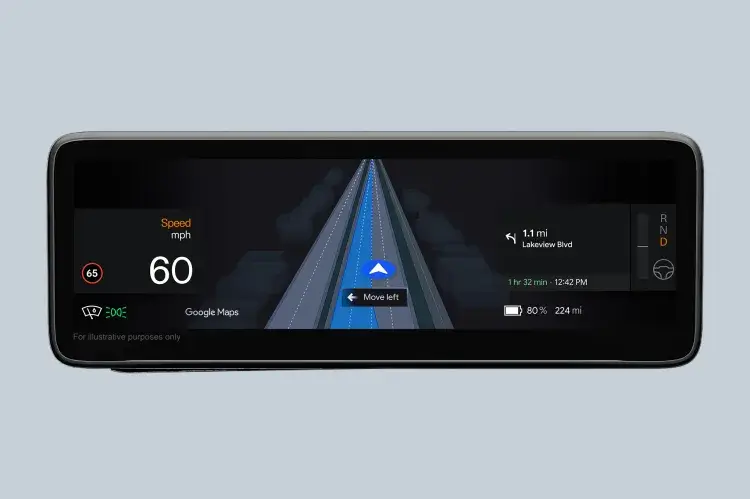Sora Adds AI Character Cameos and Video Stitching
The next wave of storytelling belongs to digital characters that never sleep.
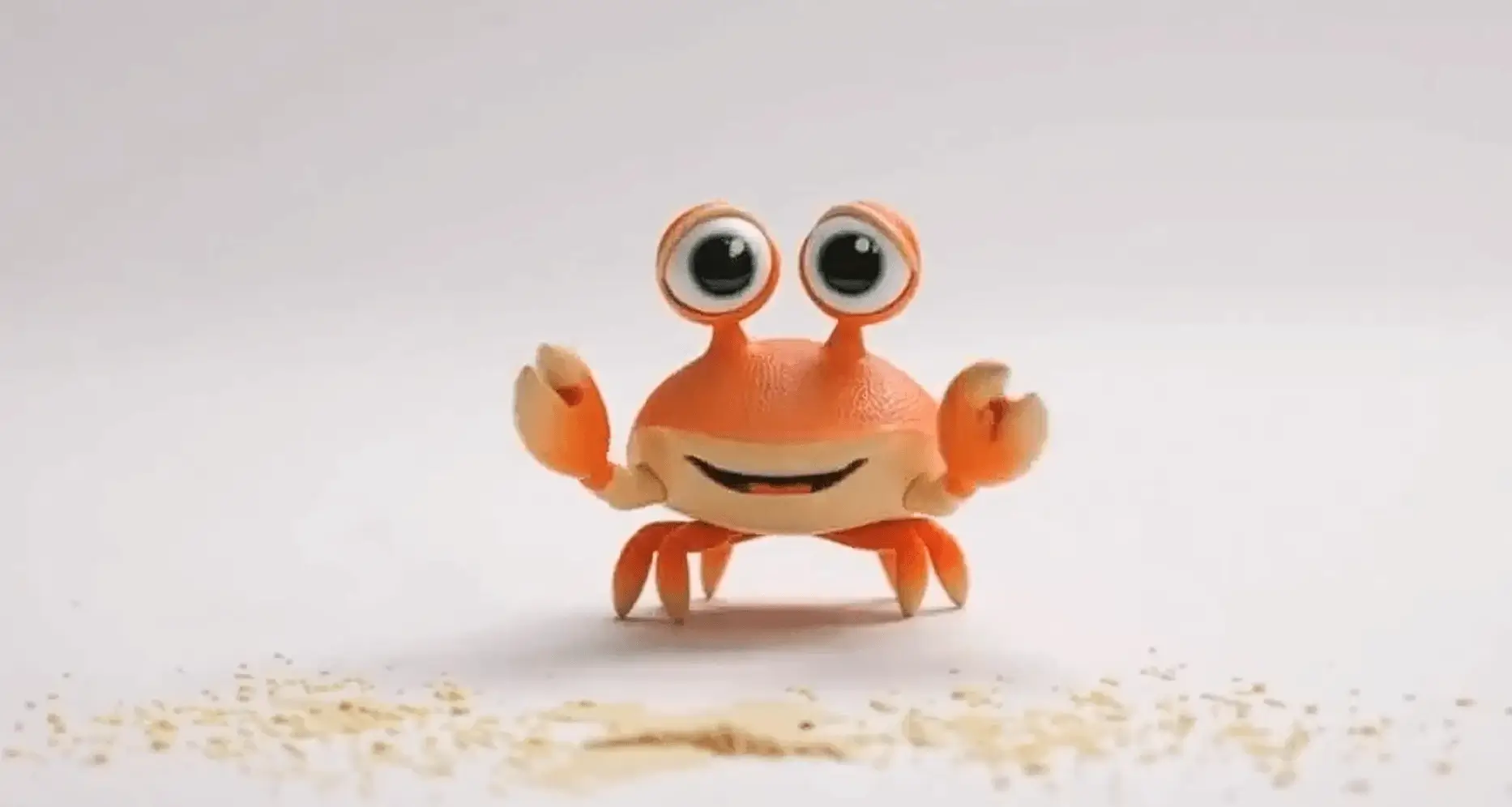
Something wild is happening in the world of video creation — you no longer need actors, sets, or even a camera crew. You just need Sora.
OpenAI’s latest update to Sora 2 turns anyone or anything into a reusable digital character that can star in multiple AI-generated videos. They’re calling it “character cameos,” and it’s reshaping how creators think about storytelling in the age of artificial intelligence.
Introducing character cameos, now available in the Sora app. pic.twitter.com/k1R4FdCRPV
— OpenAI (@OpenAI) October 29, 2025
Here’s the idea: instead of recording yourself every time you make a video, Sora lets you create an avatar — a digital version of you, your pet, or even your favorite drawing — and reuse it across different projects. You can tag it, name it, and decide how others can use it. Want to keep your AI persona private? Cool. Want to share it with followers or open it to the public? That’s an option too.
It’s like having your own cast of reusable characters — but they live in the cloud.
And that’s just part of the update. OpenAI has also introduced video stitching, allowing users to combine multiple clips into a single, seamless multi-scene video. Think of it as editing on autopilot — Sora connects, aligns, and transitions scenes for you. Suddenly, creators can go from 10-second clips to cinematic mini-movies without ever touching a timeline editor.
But Sora isn’t just adding features — it’s creating an ecosystem. The new leaderboards highlight the most remixed videos, trending creators, and popular cameos. That means your digital twin or creative character could actually become a viral star in its own right.
Still, the timing of this update is bold. Just days before the release, Cameo, the celebrity video platform, filed a trademark infringement lawsuit against OpenAI over Sora’s use of the term “cameo.” Whether intentional or coincidental, the overlap is sparking an important question — when does “AI imitation” become “AI identity”?
The update also leaves one big question open: how real can these AI characters get?
OpenAI hasn’t clarified whether users can import AI-generated humans from other platforms — or how it’ll detect if a “character” is based on a real person. That gray area could define the next big ethical debate in AI media.
Still, what’s undeniable is this: Sora is turning creativity into something scalable.
You can now produce a video series with recurring AI characters, remix existing ones from the community, and collaborate without limits — all from a web interface. For creators, marketers, and small studios, that’s not just a shortcut; it’s a new creative economy.
And here’s the kicker — OpenAI has temporarily opened Sora to everyone in the US, Canada, Japan, and Korea, with no invite required. That’s a rare move for OpenAI, signaling that it wants massive user feedback (and viral content) fast.
From a creative standpoint, this update feels like a pivot. Sora isn’t just a text-to-video model anymore — it’s becoming a platform. One where your AI-generated characters live, grow, and maybe even collaborate with others’ creations.
We’ve reached a point where “creating a video” doesn’t require time, money, or a team. It just requires curiosity.
And if that doesn’t redefine what it means to be a creator in 2025, nothing will.
Your next favorite actor might not exist — but it can still go viral.
You may like recent updates...
Subscribe & Get Free Starter Pack
Subscribe and get 3 of our most templates and see the difference they make in your productivity.
Free Starter-Pack
Includes: Task Manager, Goal Tracker & AI Prompt Starter Pack
We respect your privacy. No spam, unsubscribe anytime.
Featured*

QuillBot
AI tool that improves writing with smart paraphrasing, grammar checks & image generation.

Emergent
Build full-stack, production-ready software using plain-language prompts—no coding needed.
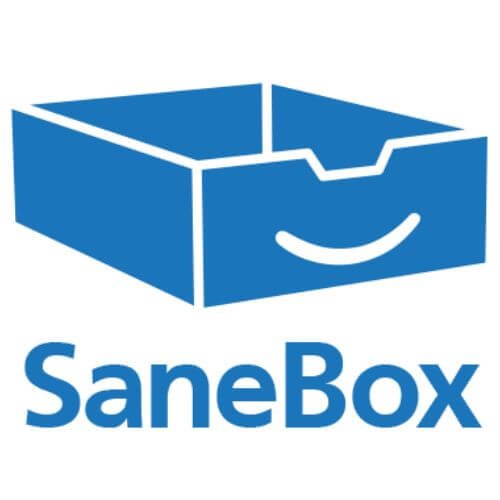
Sanebox AI
AI tool organizes your inbox by automatically sorting emails and reducing clutter.

